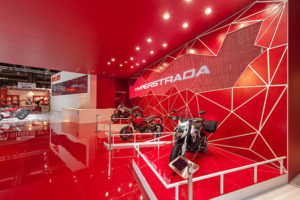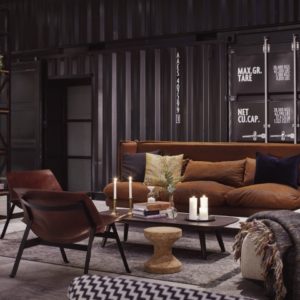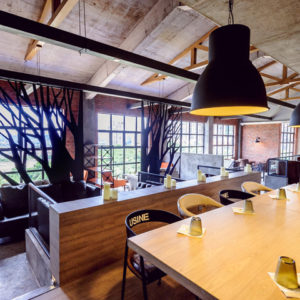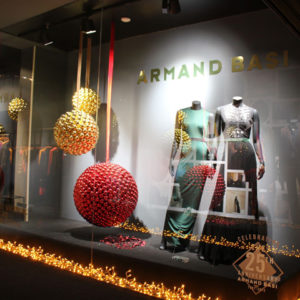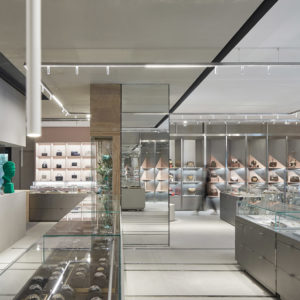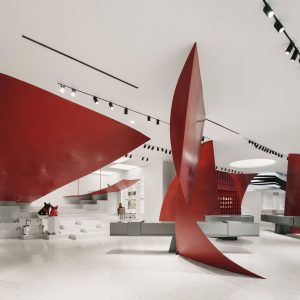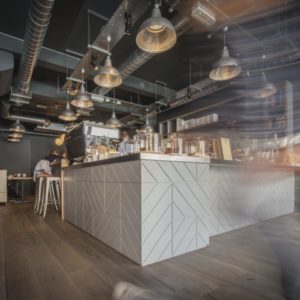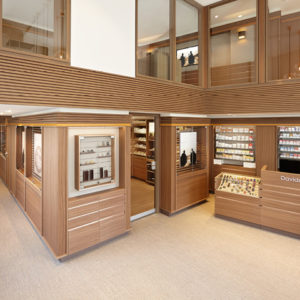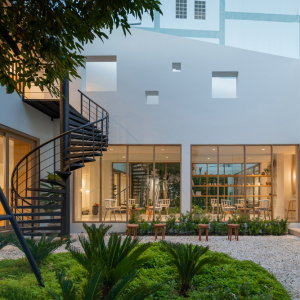
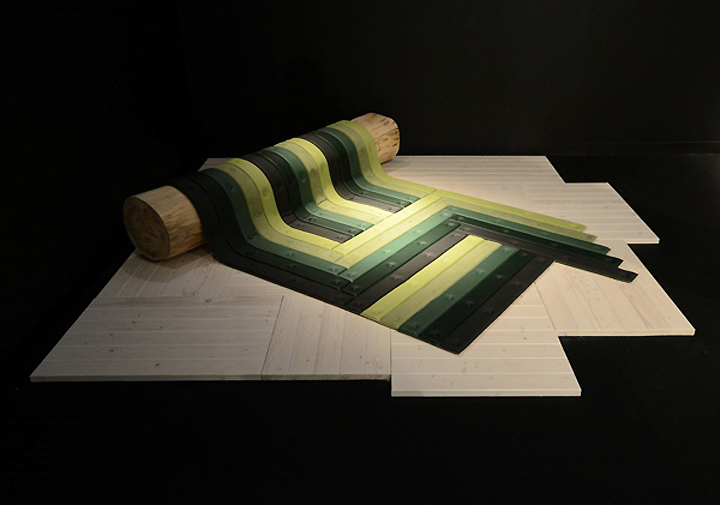

Following the Design Miami/ Basel edition in June with Craftica by FormaFantasma, Fendi has invited Belgian designer Maarten de Ceulaer to develop for the December 2012 program a project that responds to its visual identity and its legacy of Modernist-inspired patterns and emblems. Maarten was selected for this project because he has demonstrated a remarkable affinity for crafting sophisticated furniture and objects imbued with lyrical, whimsical narrative.
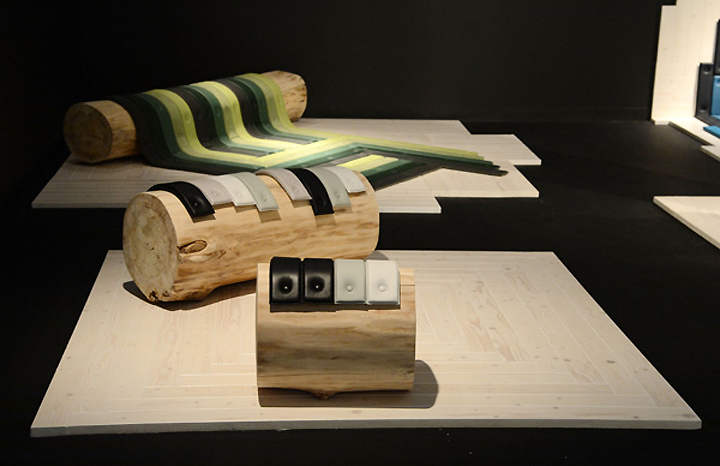
The designer found particular inspiration in Fendi’s signature Pequin motif, creating “Transformations” in celebration of Fendi’s long heritage of abstract rectilinear and geometric imagery. Throughout the decades, Fendi designers have drawn from the beautiful, groundbreaking work of pioneering design movements such as the Wiener Werkstätte, De Stijl, Futurism, the Bauhaus and Art Deco.
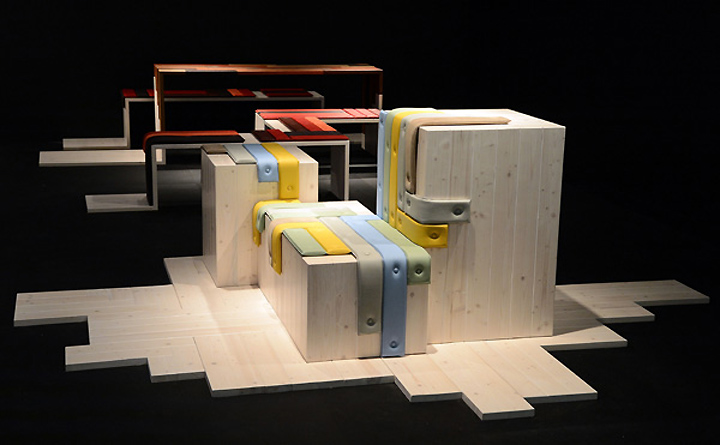
Since 1983, Fendi has incorporated striped Pequin materials into many accessory lines, from handbags to luggage. Numerous designs for Fendi furs also feature patterns that evoke the feel of vanguard graphic designs from the 1910s to the 1930s.
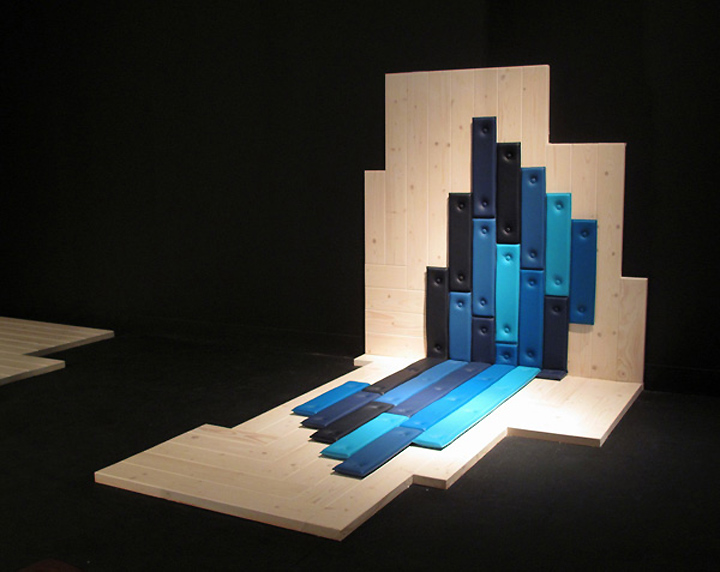
For Design Miami/ 2012, Maarten has transformed this repertoire of two-dimensional expression into a three-dimensional installation, exploring the boundaries between hard and soft, natural and man-made, organic and geometric, luxurious and mundane.

Converting the idea of a stripe into a physical module based on a piece of lumber, “Transformations” juxtaposes lacquered wood boards and tree stumps with exquisitely handmade leather planks arranged in a variety of eye-catching, multicolored compositions. The result is a total environment that, as whole, becomes a living pattern reminiscent of design work from the early years of Modernism.
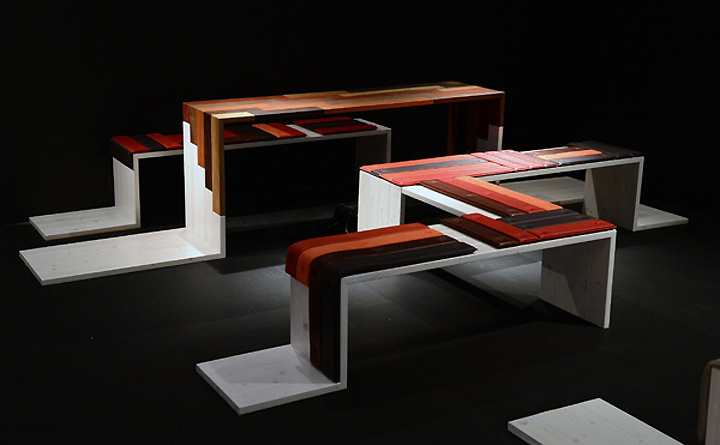
The “soft planks” that Maarten developed for this project can be applied wherever additional comfort is desired: the gesture of applying them is as simple as nailing a board to a tree.
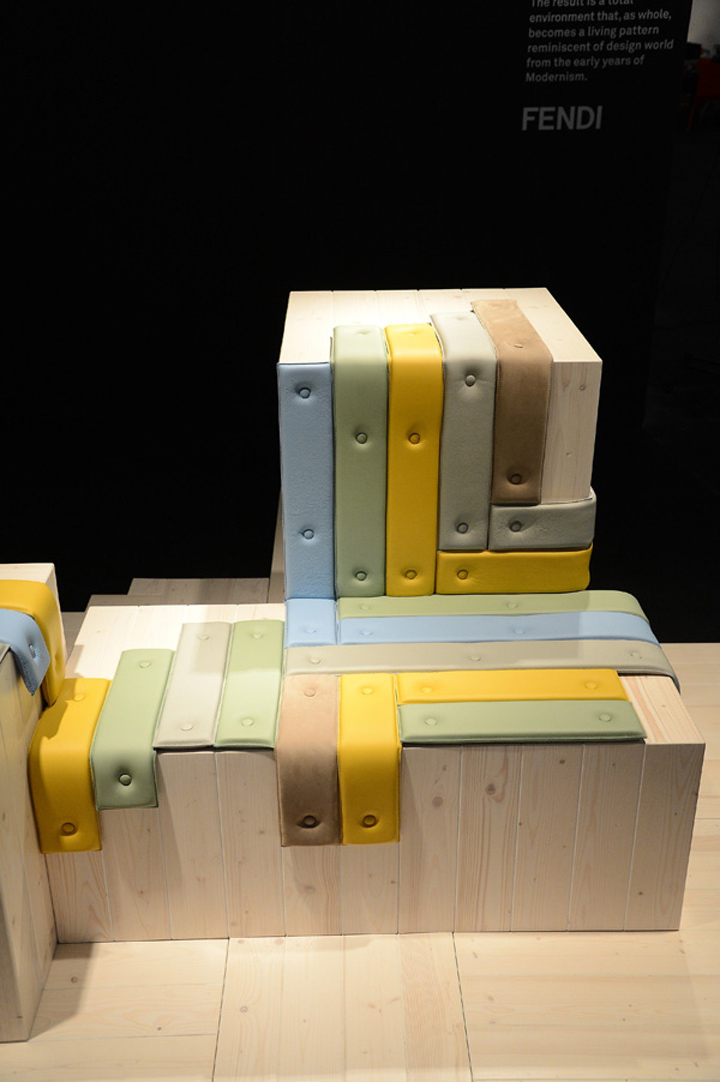
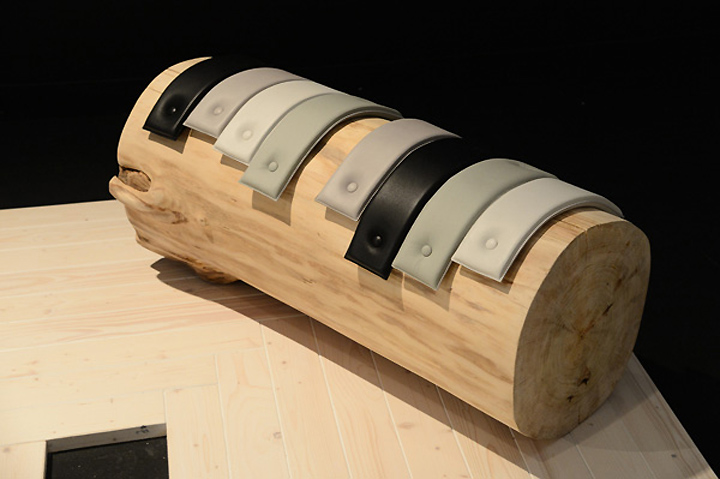


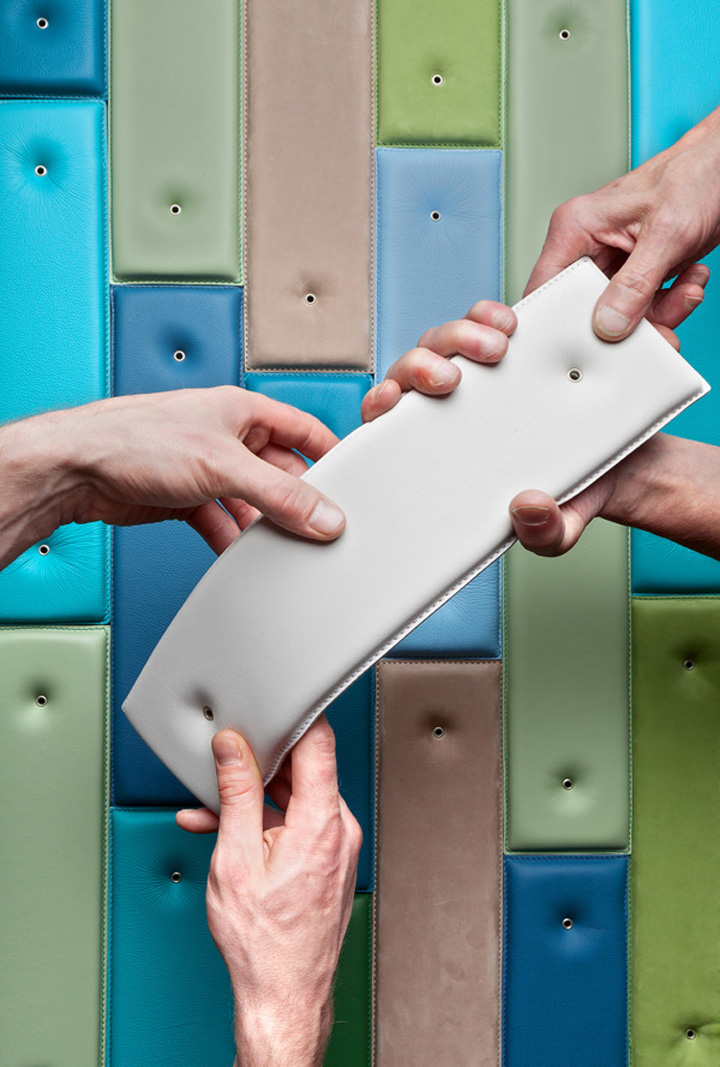
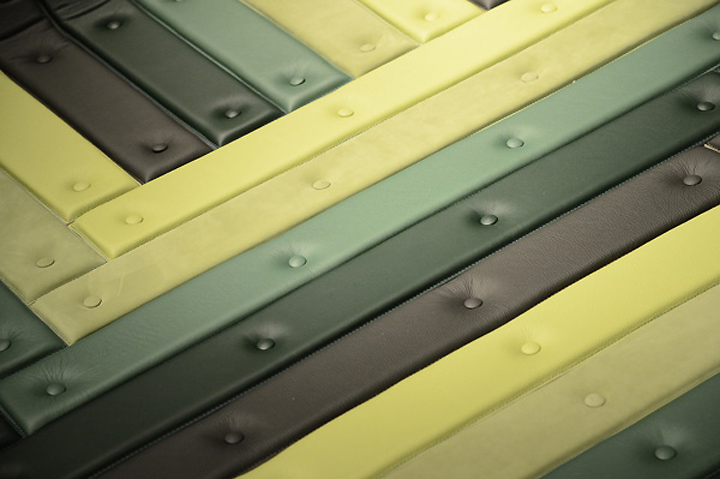
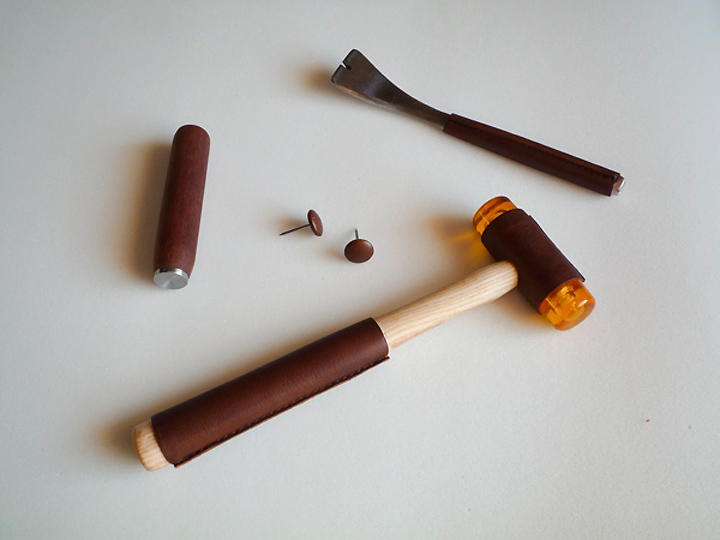
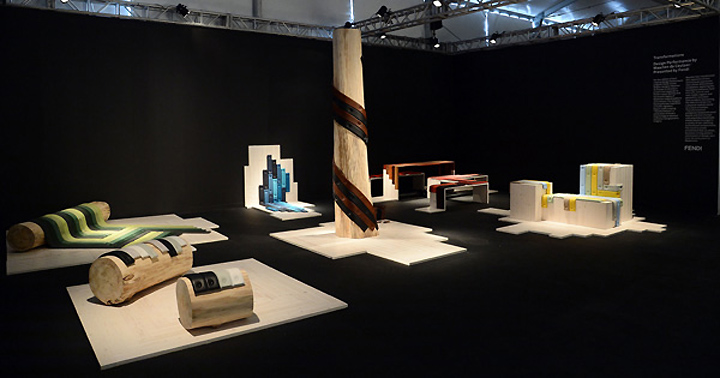
https://sites.google.com/site/mdeceulaer/














